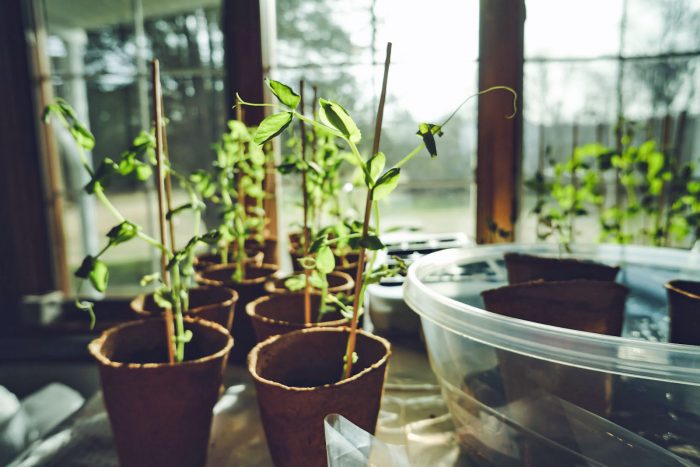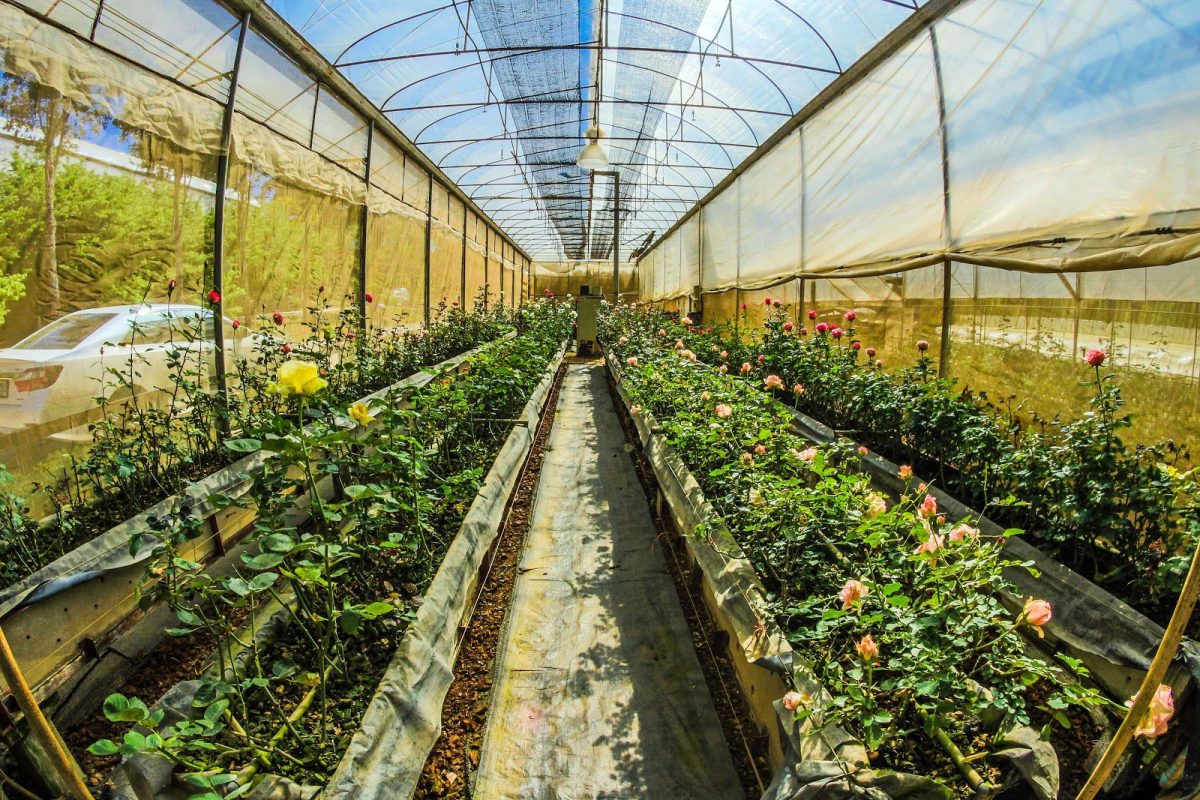Building your own greenhouse is actually a more realistic goal than you may realize. Greenhouses come in many different styles ranging from barn to solar to PVC. The benefits of having your own include more reliable access to fresh plants and food, a wider range of foods to grow, and a huge aesthetic value. Whichever style you do choose, using innovative and energy-efficient materials will make your particular greenhouse stand out in the crowd. You may also be able to use recycled materials and repurpose what you already have in your garage or home.
When it comes to choosing your materials, you’ll want to consider the flooring material as well as the roof/cover. For flooring, popular choices are concrete, gravel, and dirt. Concrete, or heat resistant concrete, is regarded as the best option as it retains heat more efficiently and drains water whilst protecting the plants and fruits from pests and insects. Considering a permeable paving system is another great flooring option, as the systems are just as strong as concrete but increase runoff efficiency and decrease flooding risks. For the roof, glass, fiberglass, and polyethylene are the most popular choices. The roof deserves careful attention, as the amount of light that is able to seep through will determine the longevity and health of your plants. Below, we’ve outlined the most popular innovative building materials.

Glass
Glass greenhouses are very popular, as they are beautiful and look great in almost every backyard. There are both single and double pane greenhouses, and while they add aesthetic value they do have some financial downsides. The glass roof will allow sunlight in quite consistently, which means its a less energy-efficient material. You may also spend more on cooling and temperature control. In many cases, a more solid roofing is preferable, and the addition of glass pocket doors can add that aesthetic value without adding to your energy bill.
Fiberglass
Fiberglass scatters sunlight so you do not have to worry about the same problems arising as you would with glass. The material is fairly durable and should last you nearly a decade, that is, if you are sure to apply a new UV coating every few years, since the UV rays break down the fiberglass material.
Polycarbonate
This material is preferable to glass because it’s far more durable. While many builders will choose glass because of the aesthetic value of being able to see what’s inside the greenhouse, polycarbonate technology has advanced enough that you can get a similar effect with a more durable material. This material also provides more effective insulation, which means you’ll save tremendously on heating and cooling costs. It is also more effective at diffusing light.
PVC (Polyvinyl Chloride)
This is the most durable option, as the material is built to withstand heavy rain, wind, and snow. The material is able to insulate effectively during these conditions, which will save you on heating costs. This is notably also the easiest to install.
Caulking
Whichever material you do choose, caulking the greenhouse is essential in making sure that the space is properly insulated and free from bugs and insects. Silicone caulk is preferable to latex, as it lasts longer and works on even the smallest of cracks that’ll make the space prone to small insects. Silicone can also withstand heat and humidity more effectively.

When it comes to building your own greenhouse, the possibilities are endless. When building materials are chosen correctly, the maintenance doesn’t have to be prohibitively costly, and you’ll be well on your way to beautiful greenery and fresh fruits and plants year round!
Matt Lee is the owner of the Innovative Building Materials blog and a content writer for the building materials industry. He is focused on helping fellow homeowners, contractors, and architects discover materials and methods of construction that save money, improve energy efficiency, and increase property value.
